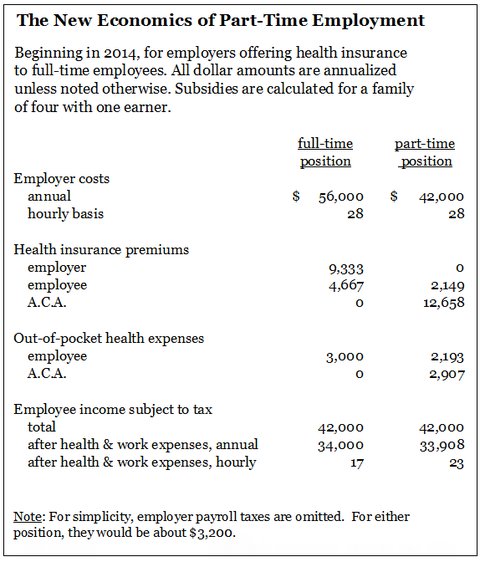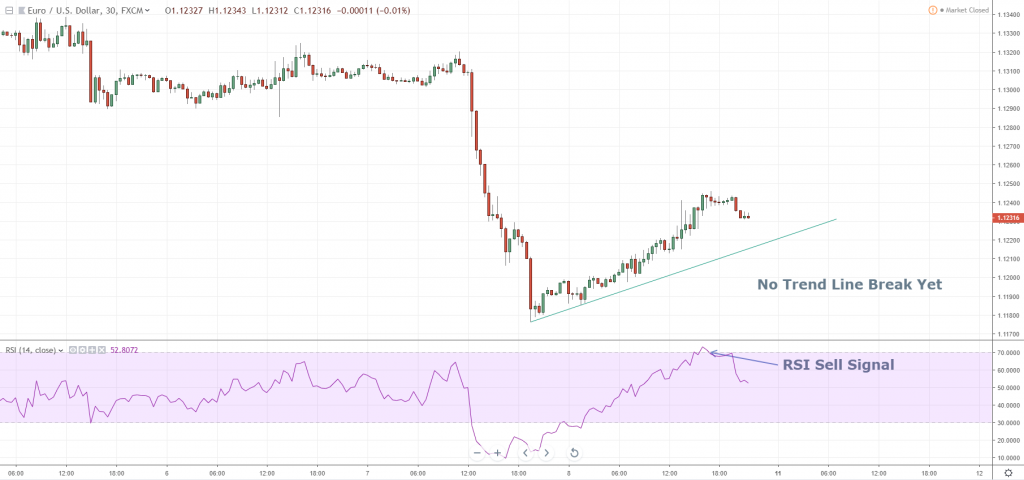Contents
This is because of diminishing Marginal Rate of Substitution. We can say that for every additional unit of a good, a consumer is willing to give up lesser and lesser amount of another good. 4.Indifference Set It is a set of those combination of two goods which offer the consumer the same level of satisfaction. So that, the consumer is indifferent across any number of combination in his indifference set. It is assumed that the consumer consumes the combination of different quantities of two goods.
- Another fact is that there are no intersections between any sorts of pairs of Indifference Curves.
- As could be seen from Equation four, this means that the indifference curve gets flatter as the amount of X consumed increases relative to the quantity of Y consumed.
- Other than these, you can find there to be other applications of the Indifference Curves as well, which include welfare economics along with the marginal utility theory.
- 5.Monotonic Preferences Monotonic preference refers to a situation where the consumer will prefer more of commodities than the lesser quantity.
- The axes of those graphs represent one commodity each (e.g. good A and good B).
When the worth falls to $25, she maximizes utility at point Z, riding 4 days per semester. Note According to Law of Transitivity if a consumer prefer bundle A over bundle B, and bundle B over bundle C, then he will indirectly prefer bundle A over bundle C. If two products can be perfectly replaced with each other, the Indifference https://1investing.in/ Curve turns out to be a straight line with a constant value of MRS. Any combination lying on Samaira’s Indifference Curve yields the same kind of satisfaction to her. It is the functionality of an Indifference Curve that can be explained under many assumptions. It is known that each and every Indifference Curve has an origin.
What is the Marginal Rate of Substitution?
Indifference curves can never touch or intersect each other. Indifference curves slope downwards from left to the right. An inferior good is a type of good whose demand declines when income rises.
Therefore it is impossible for both curves to provide the same level of satisfaction, which means they can never intersect. Each indifference curve represents a different level of satisfaction, so they cant intersect each other. It is not possible that two curves with different satisfaction levels cut each other at any point. If two curves intersect each other at a point, it implies that both curves contain the same level of satisfaction at that point which is not logical. It is a set of combination of two goods offering the same level of satisfaction to consumers.
Thus, a higher indifference curve implies higher satisfaction. It is a graph showing the combinations of two goods that give the consumer the same level of satisfaction and utility, making him indifferent. Indifference curves are used to show the consumer’s preferences and demand patterns for individual consumers over different commodities. An indifference curve is a graph that shows a combination of two goods that give a consumer equal satisfaction and utility, thereby making the consumer indifferent. Indifference curves are heuristic devices used in contemporary microeconomics to demonstrate consumer preference and the limitations of a budget.
In other words, if they have a lot of good B, they are more willing to trade some of it in to get an additional unit of good A and vice versa. Because of this relationship, the indifference curve is bowed inward (i.e. convex). For instance,in the graph showing the indifference curve is convex to the origin. It signifies that the marginal rate of substitution of rice for wheat is declining. It means as the consumer gets more and more units of rice, he parts with fewer units of wheat.

The slope of an indifference curve exhibits the speed at which two goods could be exchanged with out affecting the buyer’s utility. Figure 7.9 “The Marginal Rate of Substitution” reveals indifference curve C from Figure 7.eight “Indifference Curves”. It has been observed that an IC predominantly slopes downwards, to the right. This means that when the quantity of one product in combination with another is increased, the quantity of the other significantly decreases. There are several analyses that have taken place for Indifference Curves that have deduced the fact as to how the income of a consumer can change their preferences.
Hence, the indifference curve never touches the X or Y-axis. If in case, any indifference curve touches the axis, it implies that only one commodity is consumed by the consumer and demand for other commodity is zero. It may touch Y-axis if Y-axis represents money instead of a commodity.
Explain the Three Properties of the Indifference Curves. - Economics
Another fact is that there are no intersections between any sorts of pairs of Indifference Curves. Therefore consumers are keen to give up extra of this good to get one other good of which they four properties of indifference curve have little. If a consumer has plenty of good B, the MRS is three items of good B per unit of fine A. If she has extra of fine A, the MRS is zero.5 units of good B per unit of excellent A.
Figure 7.9 “The Marginal Rate of Substitution” shows indifference curve C from Figure 7.8 “Indifference Curves”. Indifference curves slope negatively or slope downwards from the left to the right. Downward sloping from left to right Convex to the origin.
At point N, he is willing to buy OQ quantity of rice with OP units of money. This combination will yield him the same satisfaction as by keeping OM units of money. An indifference curve is generally convex to the point of origin. In other words, the indifference curve connects the points on a graph where a consumer is indifferent to buy two commodities.

On any point on this curve, the consumer is getting the same level of satisfaction by consuming a combination of two commodities. Having reached level X, Ms. Bain clearly wouldn’t hand over nonetheless more days of snowboarding for additional days of using. Beyond point X, her indifference curve is flatter than the budget line—her marginal rate of substitution is lower than the absolute value of the slope of the budget line. Indifference curves are negatively sloped or they slope downward It shows that more of one commodity implies less of the other, so that total satisfaction remains the same. Indifference curves are convex to the point of origin An indifference curve will ordinarily be convex to the point of origin.
Important Questions for Class 12 Economics Indifference Curve , Indifference Map and Properties of Indifference Curve
She is thus willing to surrender 2 days of snowboarding for a second day of horseback using. 8.Explain the concept of ’Marginal Rate of Substitution’ with the help of a numerical example. Indifference curves is convex to the point of origin because of diminishing Marginal Rate of Substitution. Indifference curves are widely used in microeconomics to analyze consumer preferences, the effects of subsidies and taxes, and a few other concepts. A higher curve means a higher level of satisfaction, in contrast to a lower curve.

These goods or products are the ones that give them the customer satisfaction and utility to the same level. And in such a graph, it can be determined how a consumer’s preferences and budget constraints might change or affect their decisions. Other than these, you can find there to be other applications of the Indifference Curves as well, which include welfare economics along with the marginal utility theory. This is equivalent to saying that as the consumer substitutes commodity X for commodity Y, the marginal rate of substitution diminishes of X for Y alongside an indifference curve. An indifference curve is a graph that reveals a combination of two items that give a consumer equal satisfaction and utility, thereby making the buyer indifferent.
Features of Indifference Curve
A higher indifference curve represents a higher level of satisfaction. The Slope of the curve is referred because the Marginal Rate of Substitution. The Marginal Rate of Substitution is the rate at which the buyer should sacrifice units of 1 commodity to acquire yet one more unit of another commodity. If we then draw a line that separates the plus from the minus signs, we are going to acquire the indifference curve proven within the above determine.
What are the applications of indifference curve analysis?
Consequently, an indifference curve is convex to the point of origin. Indifference CurveIn fig, X-axis shows the quantity of rice and Y-axis shows the quantity of wheat. The points A, B, C and D on the IC curve indicate those combinations of rice and wheat which yield equal satisfaction to the consumer. Combination of Wheat and RiceWheatRice A105B76C57D48The above set shows that the consumer gets equal satisfaction by consuming all four combinations A, B, C and D of wheat and rice.

No Comments